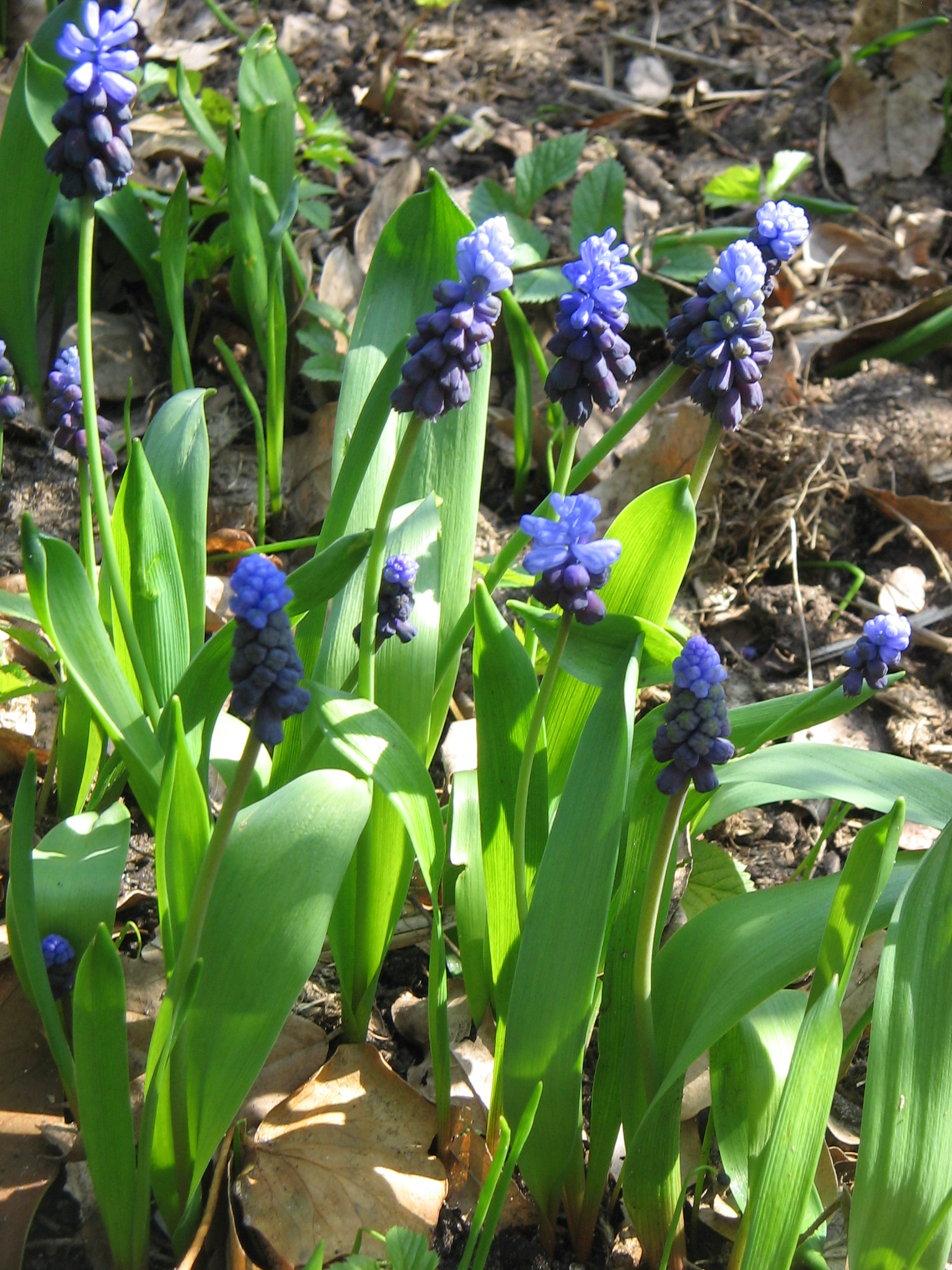Muscari Latifolium on:
[Wikipedia]
[Google]
[Amazon]
 ''Muscari latifolium'', the broad-leaved grape hyacinth, is a
''Muscari latifolium'', the broad-leaved grape hyacinth, is a
Pacific Bulb Society
{{Taxonbar, from=Q905867 Flora of Turkey latifolium
 ''Muscari latifolium'', the broad-leaved grape hyacinth, is a
''Muscari latifolium'', the broad-leaved grape hyacinth, is a species
In biology, a species is the basic unit of classification and a taxonomic rank of an organism, as well as a unit of biodiversity. A species is often defined as the largest group of organisms in which any two individuals of the appropriate s ...
of flowering plant
Flowering plants are plants that bear flowers and fruits, and form the clade Angiospermae (), commonly called angiosperms. The term "angiosperm" is derived from the Greek words ('container, vessel') and ('seed'), and refers to those plants th ...
in the family Asparagaceae. The Latin specific epithet ''latifolium'' means "broad-leaved".
Description
It is abulbous
In botany, a bulb is structurally a short stem with fleshy leaves or leaf basesBell, A.D. 1997. ''Plant form: an illustrated guide to flowering plant morphology''. Oxford University Press, Oxford, U.K. that function as food storage organs durin ...
perennial
A perennial plant or simply perennial is a plant that lives more than two years. The term ('' per-'' + '' -ennial'', "through the years") is often used to differentiate a plant from shorter-lived annuals and biennials. The term is also wid ...
geophyte
A storage organ is a part of a plant specifically modified for storage of energy
(generally in the form of carbohydrates) or water. Storage organs often grow underground, where they are better protected from attack by herbivores. Plants that have ...
, reaching a height of , rarely . There are usually one, rarely two leaves present. These are long and 1 to 3 cm wide, upright, wide and linear to ovate-lanceolate. They are drawn together and often hood-shaped. The flower stem is slightly longer than the leaves. The inflorescence
An inflorescence is a group or cluster of flowers arranged on a Plant stem, stem that is composed of a main branch or a complicated arrangement of branches. Morphology (biology), Morphologically, it is the modified part of the shoot of sperma ...
is a raceme 2 to 6 centimeters long and 1.5 centimeters wide. The fertile flowers
A flower, sometimes known as a bloom or blossom, is the reproductive structure found in flowering plants (plants of the division Angiospermae). The biological function of a flower is to facilitate reproduction, usually by providing a mechanism ...
at the base are 5 to 6 mm long and 3 mm wide, oblong-shaped and a deep purple colour. The sterile flowers at the top are 4–8 mm long and pale lilac or blue. The flowering period extends from April to May in the Northern Hemisphere.
Distribution
''M. latifolium'' is found in southern and western Turkey, adjacent to sparse pine forests at altitudes from .Cultivation
Widely used as an ornamental plant in flower beds, ''M. latifolium'' is hardy toUSDA Zone
A hardiness zone is a geographic area defined as having a certain average annual minimum temperature, a factor relevant to the survival of many plants. In some systems other statistics are included in the calculations. The original and most wide ...
5,Taylor's guide to Bulbs. Houghton Mifflin Boston 1986. p. 351. and in the British Isles and all of Europe down to . It has gained the Royal Horticultural Society
The Royal Horticultural Society (RHS), founded in 1804 as the Horticultural Society of London, is the UK's leading gardening charity.
The RHS promotes horticulture through its five gardens at Wisley (Surrey), Hyde Hall (Essex), Harlow Carr (Nor ...
's Award of Garden Merit.
References
Bibliography
* Eckehardt J. Jäger, Friedrich Ebel, Peter Hanelt, Gerd K. Müller (eds.): Rothmaler Exkursionsflora von Deutschland. Band 5: Krautige Zier- und Nutzpflanzen. Spektrum Akademischer Verlag, Berlin Heidelberg 2008, . * , pp. 124–130Pacific Bulb Society
{{Taxonbar, from=Q905867 Flora of Turkey latifolium